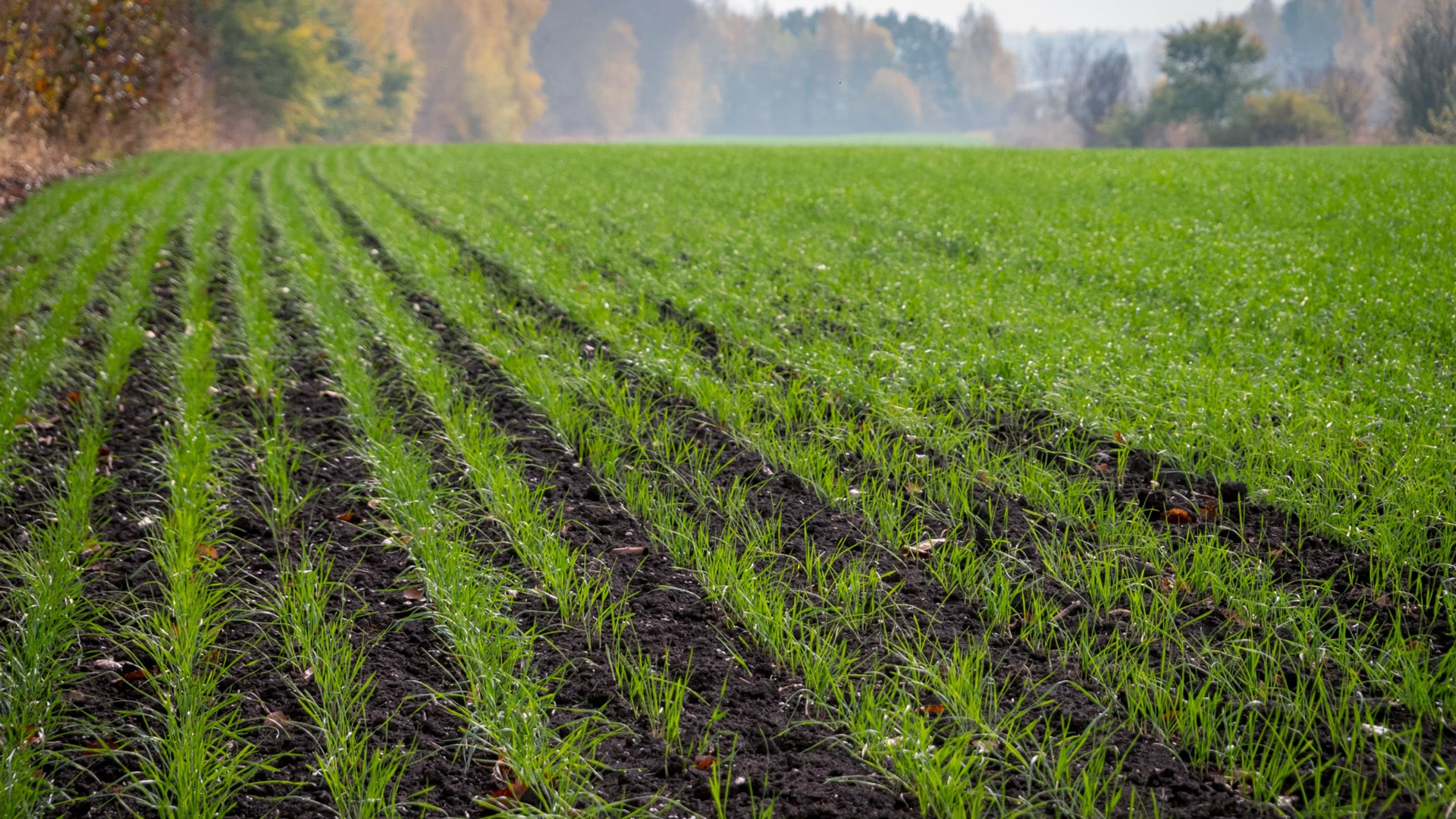The government expects “good” production of agriculture crops in the ongoing rabi (winter-sown) season on the back of higher sowing area and favourable soil moisture condition, Agriculture Minister Narendra Singh Tomar said on Saturday.
Tomar held a meeting with senior officials of the ministry to take stock of the rabi crops position, according to an official statement. He highlighted that sowing area in rabi season is up 24.13 lakh hectares so far as compared with the year-ago period. Tomar expressed satisfaction that area coverage reported under wheat is 152.88 lakh hectares so far as compared to 138.35 lakh hectares in the corresponding period of last year
“For wheat, there is an increase in area coverage by 14.53 lakh hectares over last year and this has been the highest ever since last four years,” the statement said. As on November 25, total area sown under rabi crops reported was 358.59 lakh hectares (which is 57 per cent of the normal rabi area) as compared to 334.46 lakh hectares of the corresponding period of last year. Thus, rabi area coverage has increased by 24.13 lakh hectares over last year.
“Tomar hoped that with favourable soil moisture condition, better live water storage position and comfortable availability of fertilisers across the country, rabi crops area coverage is expected to accelerate further in the coming days and a good rabi harvest can be expected,” the statement said. Sowing of wheat, the main rabi crop, begins in October and harvesting starts in March-April. Besides wheat, gram and mustard are other major crops grown during the rabi season of the 2022-23 crop year (July-June).
According to the latest data, higher area under wheat has been reported from Madhya Pradesh (6.40 lakh ha), Rajasthan (5.67 lakh ha), Punjab (1.55 lakh ha), Bihar (1.05 lakh ha), Gujarat (0.78 lakh ha), Jammu & Kashmir (0.74 lakh ha), and Uttar Pradesh (0.70 lakh ha). Area sown to oilseeds increased by 13.58 per cent at 75.77 lakh hectares till November 25 of this rabi season, as against 66.71 lakh hectares in the year-ago period. Out of this, mustard has been sown in 70.89 lakh hectares as against 61.96 lakh hectares in the said period.
In case of pulses, the coverage was slightly lower at 94.26 lakh hectares as against 94.37 lakh hectares in the said period. Coarse cereals were sown in 26.54 lakh hectares as against 26.70 lakh hectares, while rice in 9.14 lakh hectares as against 8.33 lakh hectares in the said period, the data showed. Present live water storage in 143 important reservoirs across the country is 149.49 Billion Cubic Meter (week ending 24th November, 2022) which is 106 per cent of the corresponding period of last year and 119 per cent of average storage of last 10 years of the corresponding period.
Soil moisture condition during 15-21 November, 2022 is more than the average of the past 7 years of the corresponding period in most of the districts. Availability of fertilizers against requirement for rabi season is also comfortable across the country, the ministry said. India’s foodgrains (rice, wheat, pulses and coarse cereals) production stood at 315.72 million tonnes in the 2021-22 crop year (July-June), of which nearly 160 million tonnes were in rabi season.


